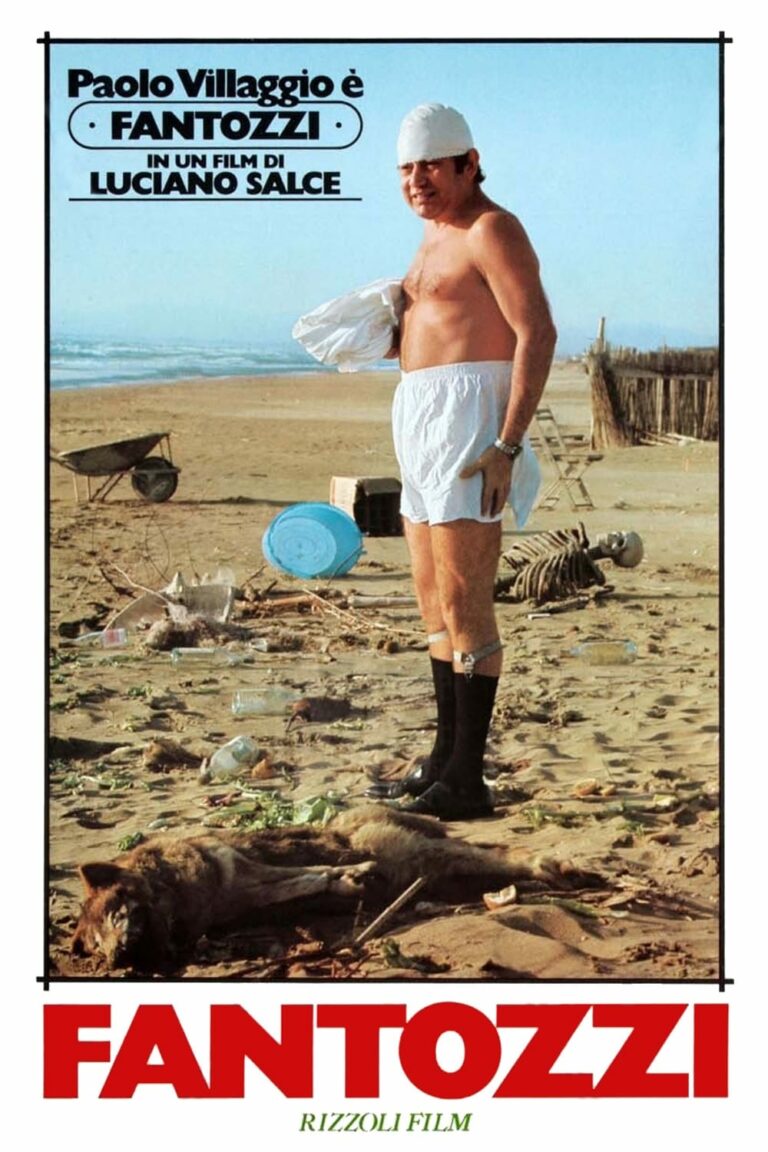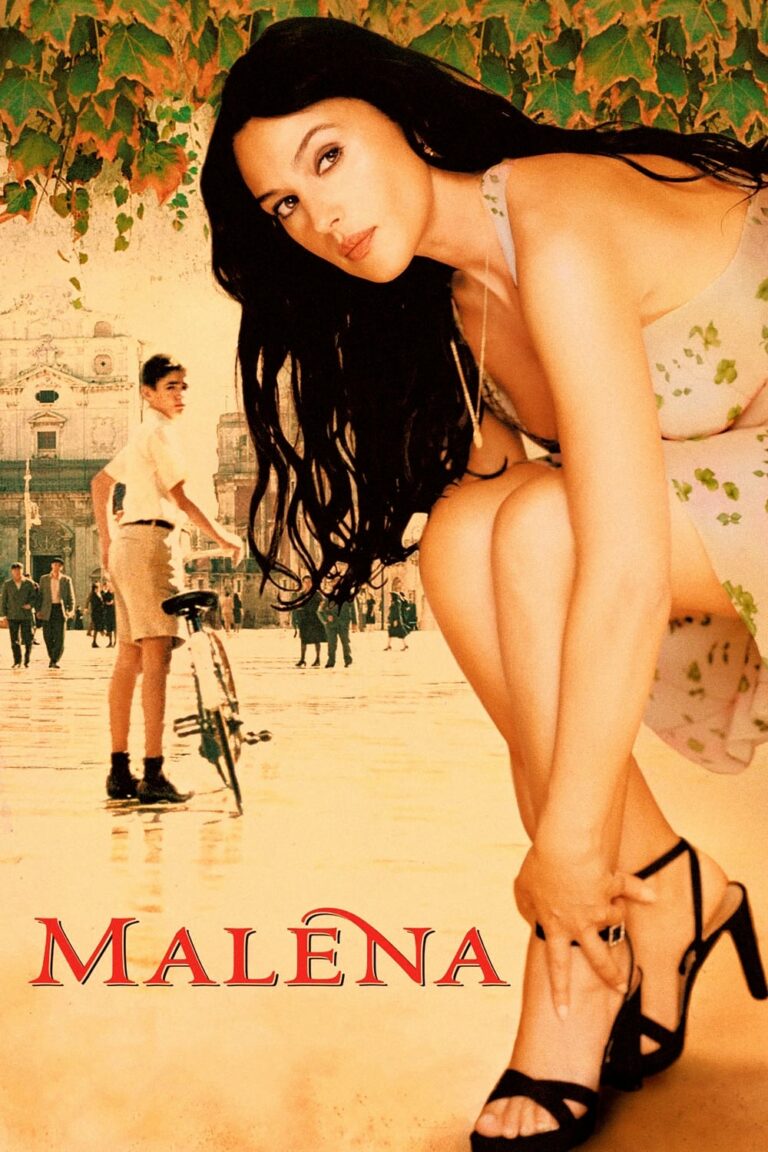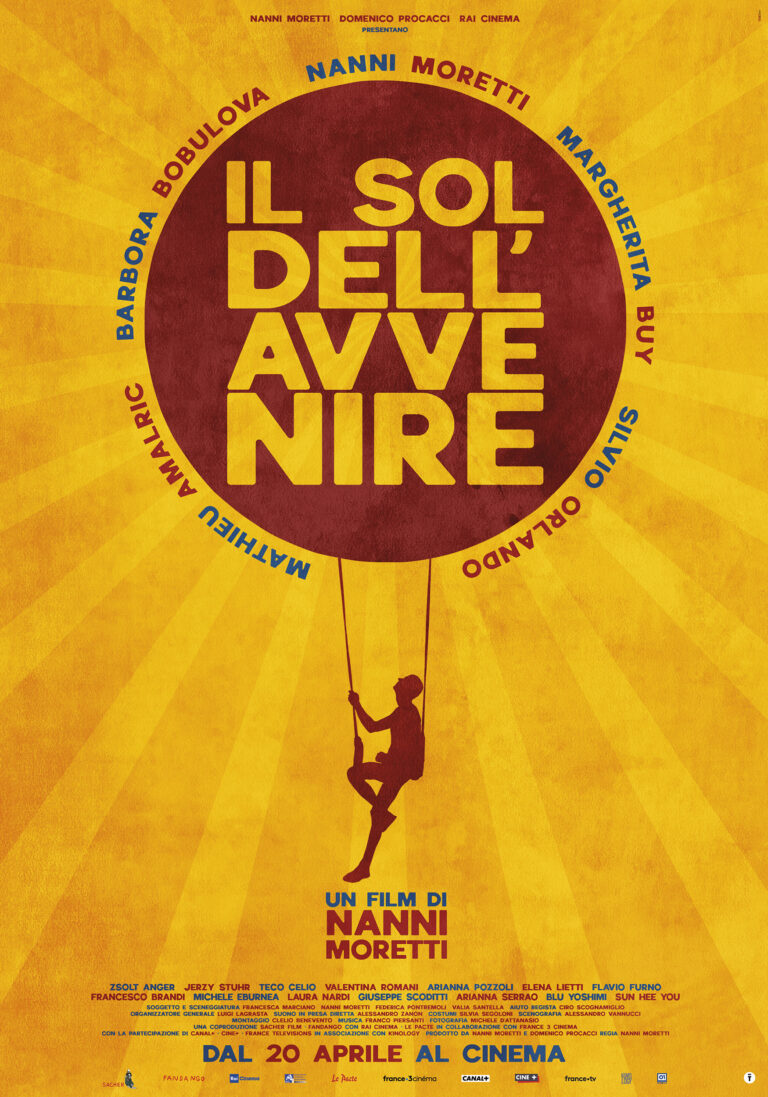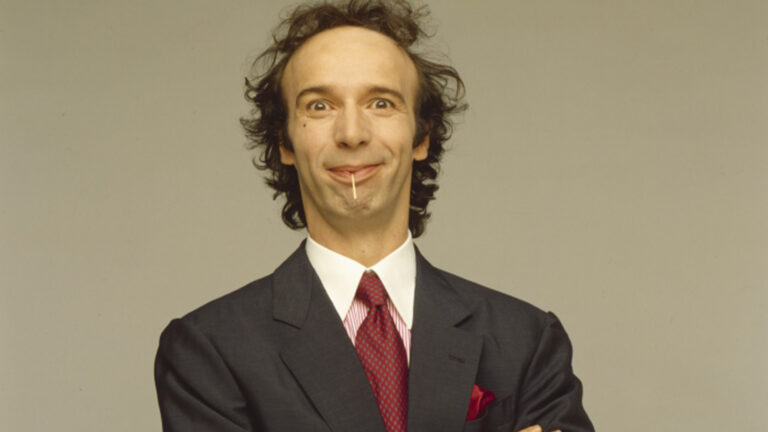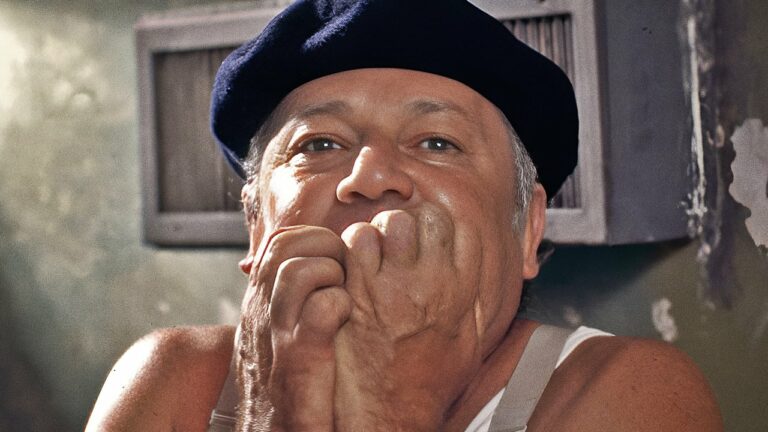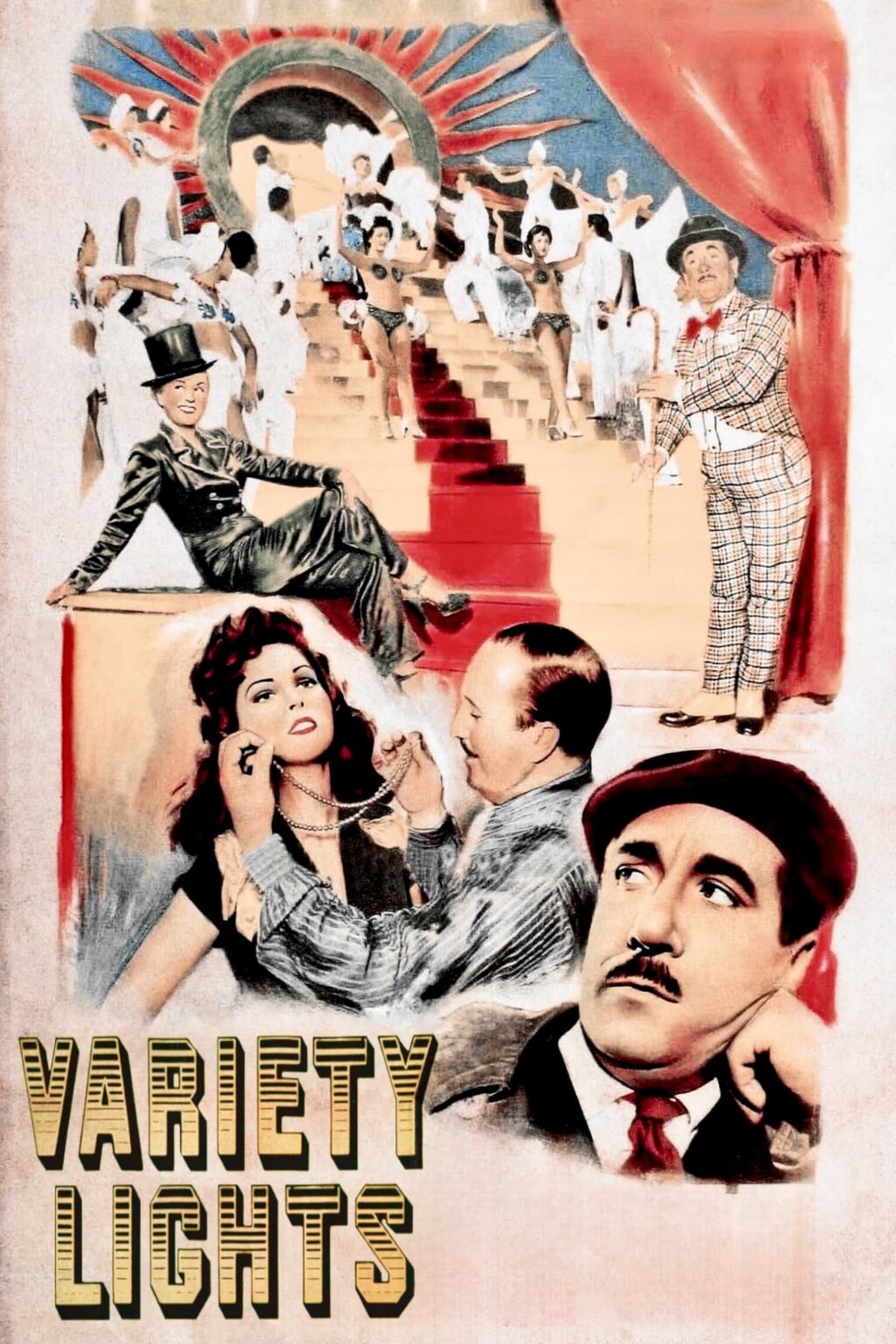
1. Introduction
Variety Lights (Luci del varietà), released in 1950, marks the directorial debut of Federico Fellini, co-directed with Alberto Lattuada. A tender and bittersweet exploration of the world of traveling entertainers in post-war Italy, the film offers a glimpse into Fellini’s emerging style and his lifelong fascination with performers, ambition, and human folly.
This comedic yet poignant tale follows a struggling variety troupe led by the hapless impresario Checco Dal Monte (Peppino De Filippo) and the rise of a young, ambitious showgirl, Liliana (Carla Del Poggio). Variety Lights is a blend of humor, romance, and heartbreak, serving as both a celebration of the artistic life and a critique of its illusions.
2. Plot Summary
Setting the Stage
The film is set in post-war Italy, capturing the struggles of small-time entertainers as they traverse the countryside performing in second-rate venues. The story centers on Checco Dal Monte, the leader of a ragtag variety troupe, who dreams of achieving fame but is constantly thwarted by financial difficulties and the harsh realities of show business.
Liliana’s Ambition
The troupe’s fortunes take a turn when they meet Liliana, a beautiful and ambitious young woman who longs for stardom. Checco, captivated by Liliana’s charm and potential, invites her to join the group, much to the dismay of his long-time lover and leading lady, Melina (Giulietta Masina).
Rising Tensions
As Liliana’s star begins to rise, she manipulates her way to the forefront, overshadowing the other performers and straining relationships within the group. Checco’s infatuation with Liliana blinds him to her opportunistic nature, leading to romantic entanglements and professional betrayals.
A Bittersweet Conclusion
Ultimately, Liliana abandons the troupe for a better opportunity, leaving Checco heartbroken and the troupe in disarray. However, the film ends on a note of resilience, as the performers pick themselves up and continue their journey, a testament to their enduring spirit despite life’s disappointments.
3. Themes Explored in Variety Lights
The Illusions of Ambition
At its core, Variety Lights is a cautionary tale about the seductive power of ambition. Liliana’s rise to prominence is fueled by her relentless drive for fame, but her journey comes at the expense of loyalty and relationships, highlighting the cost of unbridled ambition.
The World of Show Business
The film provides a behind-the-scenes look at the world of traveling performers, capturing the camaraderie, rivalries, and hardships that define their lives. The shabby venues and fleeting applause serve as a stark contrast to the glamour of stardom, underscoring the gap between dreams and reality.
Unrequited Love and Betrayal
Checco’s unrequited love for Liliana and his neglect of Melina reflect the emotional toll of misplaced devotion. The film poignantly portrays the pain of loving someone who values their own aspirations above personal connections.
Resilience in Adversity
Despite the heartbreak and setbacks, the troupe’s determination to carry on embodies the resilience of artists who persevere in the face of disappointment, driven by their passion for performing.
4. Character Analysis
Checco Dal Monte (Peppino De Filippo)
Checco is a dreamer and an eternal optimist, embodying the archetype of the struggling artist. His blind infatuation with Liliana and his naivety make him a tragic yet endearing figure. Peppino De Filippo’s performance brings depth and humor to the character, making him a relatable everyman.
Liliana (Carla Del Poggio)
Liliana is the embodiment of youthful ambition and opportunism. Her charm and beauty mask a ruthless drive to succeed, and her actions underscore the sacrifices and compromises often made in pursuit of stardom. Carla Del Poggio’s portrayal strikes a delicate balance between vulnerability and manipulation.
Melina Amour (Giulietta Masina)
Melina, the troupe’s long-suffering leading lady, represents loyalty and unrequited love. Giulietta Masina’s performance adds emotional depth to the film, capturing the quiet strength and heartbreak of a woman overshadowed by her rival.
The Troupe
The supporting characters in the troupe bring humor and humanity to the film, each representing different facets of the performer’s life—from the cynical veteran to the wide-eyed newcomer. Together, they create a vivid tapestry of the variety show world.
5. Fellini and Lattuada: A Collaborative Vision
Variety Lights was co-directed by Federico Fellini and Alberto Lattuada, blending their distinct sensibilities. Lattuada’s neorealist background and Fellini’s burgeoning surrealistic style create a unique cinematic experience that bridges realism and whimsy.
While the film leans heavily on neorealist aesthetics—authentic locations, ordinary characters, and an unvarnished portrayal of life—Fellini’s influence is evident in the quirky humor, theatricality, and focus on the inner lives of performers. The collaboration sets the stage for Fellini’s later masterpieces, where he would fully develop his signature style.
6. Cinematic Techniques
Cinematography
Otello Martelli’s cinematography captures the contrast between the glamour of the stage and the bleakness of the performers’ lives. The use of shadow and light highlights the duality of show business—its allure and its harsh realities.
Set Design
The film’s authentic depiction of dilapidated theaters, cramped dressing rooms, and rural landscapes immerses the audience in the world of traveling performers, emphasizing the precariousness of their existence.
Music
Nino Rota’s score adds a touch of whimsy and melancholy to the film, perfectly complementing the story’s blend of humor and pathos. Rota’s collaboration with Fellini would later become one of the most iconic director-composer partnerships in cinema.
7. Reception and Legacy
Critical Reception
Upon its release, Variety Lights received modest acclaim but did not achieve significant commercial success. However, critics praised its performances, direction, and heartfelt exploration of the performer’s life.
Legacy
While not as celebrated as Fellini’s later works, Variety Lights is an important film in his oeuvre, offering a glimpse into his artistic beginnings. It introduces themes and motifs—such as performers, ambition, and human vulnerability—that would define Fellini’s career. For Alberto Lattuada, the film represents a successful collaboration that balances his realist approach with Fellini’s emerging surrealism.
Today, Variety Lights is regarded as a charming and poignant debut that laid the foundation for Fellini’s cinematic legacy.
8. Symbolism in Variety Lights
The Stage Lights
The titular “variety lights” symbolize both the allure of fame and the fleeting nature of success. They serve as a metaphor for the performers’ dreams, which shine brightly but often fade quickly.
The Troupe’s Journey
The troupe’s constant movement from town to town reflects the transient nature of their lives and careers. Their inability to settle mirrors the impermanence of success in show business.
Liliana’s Rise and Departure
Liliana’s departure from the troupe serves as a commentary on the sacrifices made for personal ambition, as well as the collateral damage inflicted on those left behind.
9. Frequently Asked Questions (FAQs)
1. Is Variety Lights based on a true story?
While the film is not based on a specific true story, it draws heavily from Fellini’s personal experiences with performers and show business in post-war Italy.
2. What inspired Fellini and Lattuada to make the film?
Fellini’s fascination with the lives of performers and Lattuada’s interest in portraying societal struggles inspired the collaboration. Together, they created a heartfelt tribute to the variety show circuit.
3. What themes are central to Variety Lights?
Key themes include ambition, unrequited love, the illusions of fame, and the resilience of performers in the face of adversity.
4. How does Variety Lights compare to Fellini’s later works?
While more grounded in realism than Fellini’s later films, Variety Lights introduces many of the themes and stylistic elements—such as eccentric characters and a focus on performers—that would become hallmarks of his career.
5. Did Variety Lights influence Italian cinema?
Although not a major commercial success, the film contributed to the evolution of Italian cinema by blending neorealist techniques with a more whimsical, character-driven narrative.
6. Where can I watch Variety Lights today?
Variety Lights is available on several streaming platforms and as part of collections of Fellini’s works, often restored to showcase its original charm.
10. Conclusion
Variety Lights is a tender and insightful debut that captures the struggles and aspirations of performers in a rapidly changing world. Through its blend of humor, heartbreak, and humanity, the film offers a timeless exploration of ambition and resilience. While it may not have achieved the iconic status of Fellini’s later masterpieces, Variety Lights remains a vital and endearing part of his cinematic legacy—a testament to the enduring power of dreams, even in the face of life’s disappointments.
